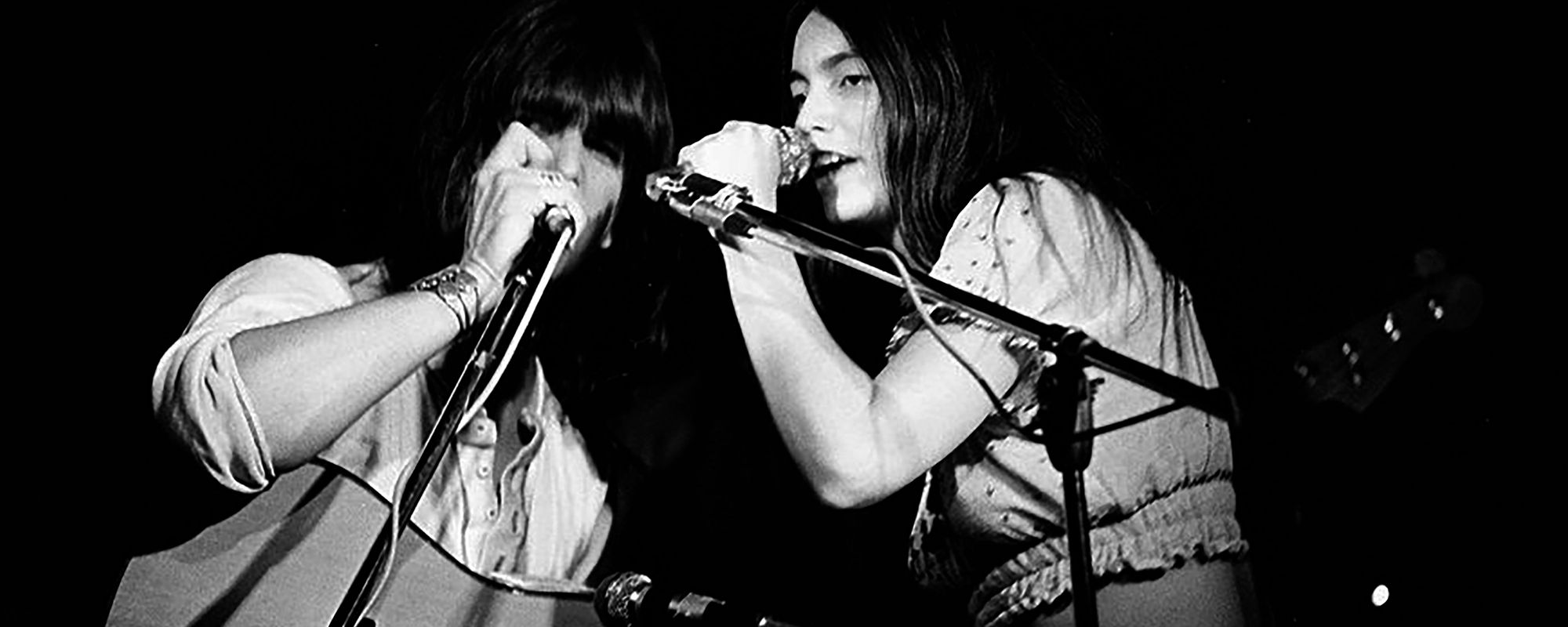From LPs to cassettes to streaming, music lovers will go to great lengths to hear their favorite tunes, including buying bootleg “music on bones,” an eerie workaround to Stalinist music bans in the Soviet Union. The USSR banned Western and British music in the decades immediately following World War II, leaving millions of people without access to iconic artists like Ella Fitzgerald, Bill Haley & The Comets, the Beatles, and more.
Videos by American Songwriter
With no way to legally acquire the usual vinyl LPs of these artists, Soviet bootleggers started turning to more unique formats: road signs, cake stands, and discarded X-rays.
The Inventive Way Bootleggers Turned X-Rays to Records
While listening to music on an X-ray seems like something that only a mad scientist could dream up, the author of X-Ray Audio, Stephen Coates, explained to New Scientist that “ordinary people” made music on bones. People ended up in prison over this.” These musical bootleggers might have been “ordinary” in terms of citizen status, but the methods they used to create these forbidden records were anything but usual.
First, bootleggers would acquire X-ray plates discarded by local hospitals. Using a homemade lathe, a machine meant to shape wood, metal, or, in this case, X-ray plates, the distributors would transfer a master file of a banned piece of music and carve it into the plates. The bone music makers used scissors to cut the records into circles and a lit cigarette to burn a hole in the middle of the plate á la a normal vinyl record.
“Such an extravagant choice of raw material for these ‘flexidiscs’ is easily explained,” Jim Riordan wrote in Soviet Youth Culture. “X-ray plats were the cheapest and most readily available source of necessary plastic. People bought them by the hundreds from hospitals and clinics for kopeks. The ‘ribs’ were marketed, naturally, under the table. The quality was awful, but the price was low, a ruble or a ruble and a half.”
Music On Bones Was More Than A Means Of Distribution, It Was A Culture
The dedication that listening to your favorite songs through a gravelly, staticy X-ray plate of a human ribcage or femur requires is one thing. The dedication that making those bone records requires is another entirely. Manufacturers of music on bones faced lengthy prison sentences if authorities caught wind of their illegal distribution practices, but even this worst case scenario wasn’t enough to deter the most dedicated distributors.
Stephen Coates, curator of the Bone Music exhibition, met one such bones maker named Rudy Fuchs. Fuchs dedicated himself to the cause to the point that he donated blood while attending university to save up for his own at-home lithe. “His whole mission, if you like, was that from the moment he first heard this music, he wanted to share it,” Coates explained in a 2015 interview with The Guardian. “The problem was that the authorities knew this music was changing hands.”
“They dispatched a young guy to Rudy, who befriended him and made an order for records,” Coates continued. “The next thing Rudy knew, his phone had stopped ringing. No one was calling him. Then he got arrested. The authorities tried to make him an informer, but he wouldn’t reveal any of his contacts. He went to prison for three years.” Coates said that as soon as Rudy left prison, he continued to bootleg records. It wasn’t just his livelihood. He felt compelled to disseminate this music.”
Photo by Adam Berry/Getty Images







Leave a Reply
Only members can comment. Become a member. Already a member? Log in.